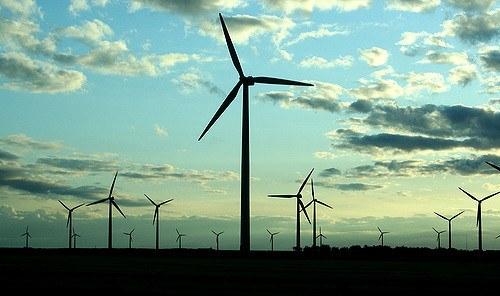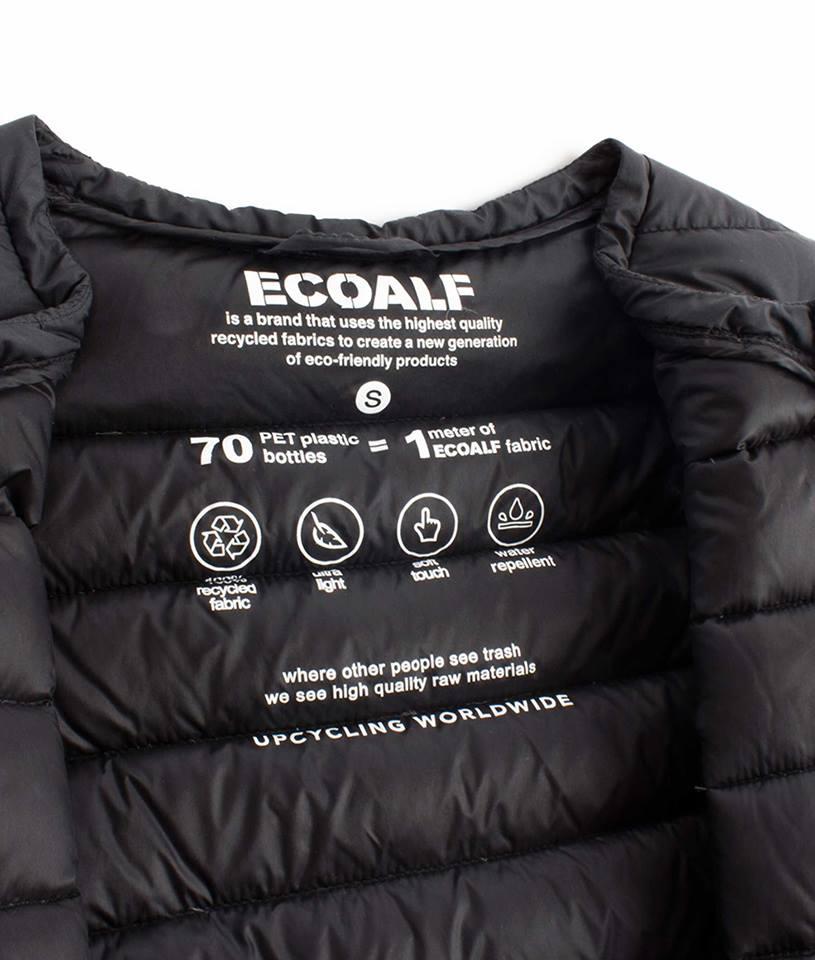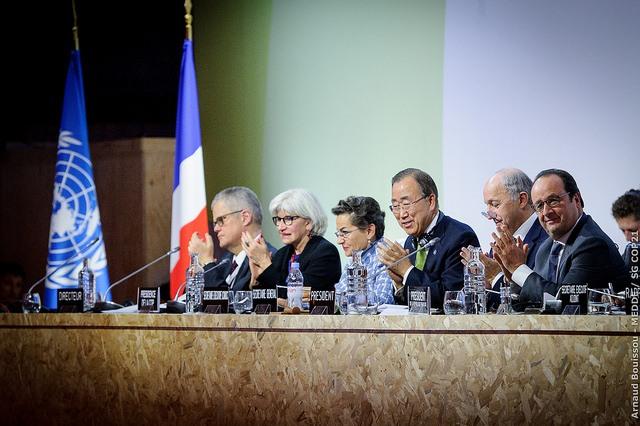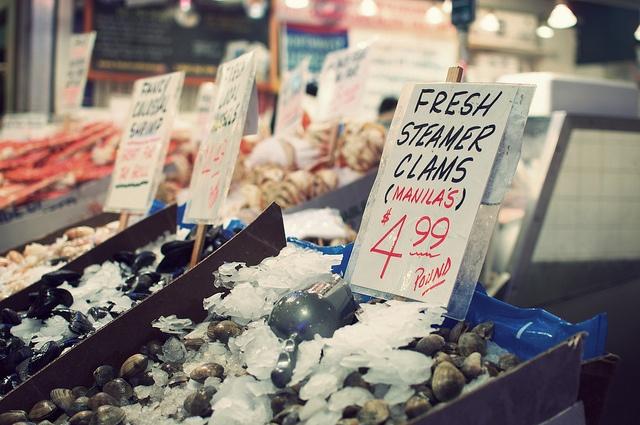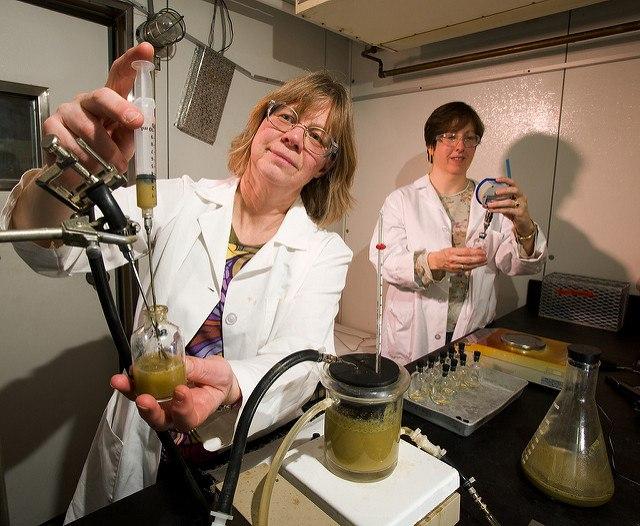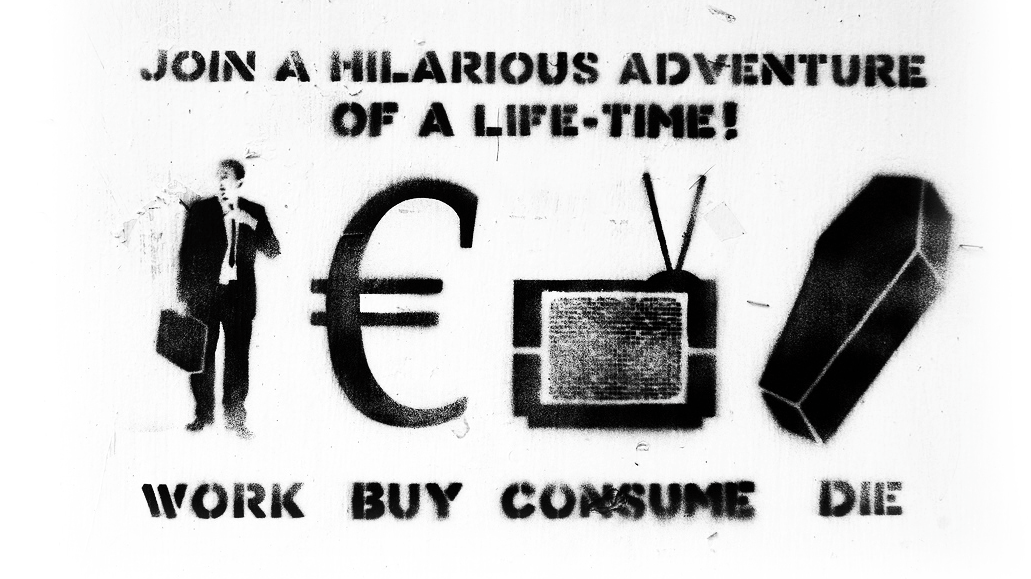Bringing Needed Capacity to Nonprofits and Inspiration to American Workers
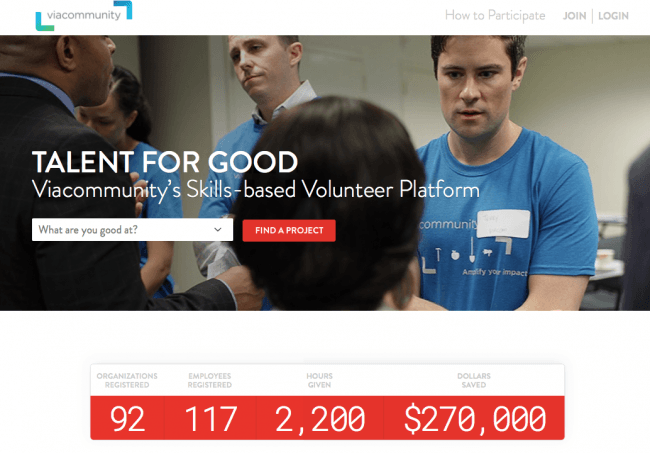

For many, volunteering conjures mental images of tasks like picking up trash along waterways, planting gardens at cancer centers, or building playgrounds for youth programs and low-income neighborhoods. Many adults enjoy these activities that give them a break from desk-based jobs, get them outdoors, and foster networking opportunities within their company and the community -- and this form of volunteering serves an important purpose.
However, only about 25 percent of Americans volunteered in 2013 (the lowest rate in a decade). This leaves the bulk of nonprofits without needed capacity, limiting their ability to fulfill their missions, and many adults are left without inspiring volunteer opportunities. Millennials in particular, who are entering the workforce in larger numbers as boomers retire, are expressing a strong desire for purposeful work.
At the same time, full-time employees in the U.S. are logging an average of 47 hours a week, (with salaried employees clocking in at 49 hours), which leaves little time for volunteering. Due to the tight job market, there is a historic number of part-time workers in the U.S. (6.5 million as of June 2015). The majority of those workers either supplement their income by having more than one job or are actively looking for full-time work, along with the nearly 2 million Americans who are still jobless.
So, how can nonprofits get the support they need and help American workers fit volunteer hours into their already busy lives? By exploring skills-based volunteering.
Catchafire’s Kimberly Dulin calls skills-based volunteering “the intersection of passion and purpose.”
Skills-based volunteering is where volunteers offer their specific skills to a nonprofit to fill a needed capacity and help the organization finish a project, expand, spread the word about their work, implement needed technology, write an annual report or get help with any other crucial task that it can’t complete on its own. As with most elegant, effective solutions, skills-based volunteering meets more than one need and benefits many.
Many companies are implementing their own volunteering programs with a variety of opportunities for their employees as a recruitment effort to draw in millennials and retain valuable employees. But for people whose employers don’t offer skills-based volunteering opportunities, who are skilled but currently unemployed or are self-employed, organizations like the Taproot Foundation, WomenOnCall, Volunteer Match and Catchafire help match people with organizations that need their help.
Understaffed organizations not only get needed expertise, but also save time by not having to hire and train a new employee for what might be just a short-term need. They get a volunteer who is more like a consultant that can hit the ground running and can develop a long-term relationship that the nonprofit can draw on in the future, even once the initial project is complete.
At Catchafire, volunteers can search for opportunities that match their skills, cause interest and availability. Catchafire works with organizations to determine their needs, organize and list their project, and attract talent, Denise Chan, Catchafire’s marketing manager explains.
"We work with organizations of all sizes. Smaller organizations can certainly use Catchafire to expand their capacity, but even larger organizations use it for a specific project that their staff just does not have the bandwidth to do, or to get advice in an area they do not have in-house expertise, but it isn't worth hiring," she says. "Sometimes larger organizations use Catchafire for professional development for their staff. A younger staff member that needs to learn a new skill, they can work with a professional in that field to get experience and carry that forward within the organization."
Helping people who otherwise wouldn’t cross paths to come together and do good is what the company is all about. Chan says that, while traditional volunteering is needed, it is too general in some cases.
“[Skills-based volunteering] is an opportunity to give something that only that person can give. They have spent time cultivating that skill, and their specific gift is useful,” Chan says.
Some volunteers have concentrated on building a portfolio of experience using their existing skills, and some have taken this opportunity to branch out and get experience in a new area (that is still related to their skill-set), like developing a website in a new programming language they just learned or applying a new strategy that will expand their resume. Employees gain experience and feel fulfilled, and their employers benefit from their increased knowledge and job satisfaction.
For their part, Chan says, nonprofits are astounded at the breadth of knowledge they're able to access through Catchafire and what they have been able to accomplish.
"One dance company wanted to redesign their website to increase traffic and awareness," Chan recalls. "The volunteer they selected not only redesigned the site, but also helped them examine and understand the importance of user experience. After that three-month project, the impact was really clear with more people not only visiting the site, but also coming to their events."
Organizations needing assistance pay Catchafire a fee for consulting services and help finding the right skill-set to complete their project. In 2014, Catchafire held a #GivingTuesday campaign that awarded 20 free memberships to deserving organizations that might not have been able to afford their services previously. Connected in Hope was one of the winners, and Chan says the organization really put the membership to great use.
Connected in Hope empowers women and families in Ethiopia, founded by a mother/daughter team, Pam Simpson and Ryane Murnane.
When they applied for the campaign, they had all of their programs up and running in Ethiopia, but needed a source of funding in the U.S. to continue to be sustainable. So, they decided to use Catchafire to create an e-commerce business, Murnane explained when Catchafire profiled the organization in 2015.
"The timing was perfect because we knew what we needed to do, but we didn’t have any resources in place to make that happen," Murnane said last year. "With Catchafire, we were able to use projects to then direct us to the next project – build project to project to get us to a place where we could move forward on the U.S. end. Our volunteers helped us figure out how to get the word out, how to tell stories, and even how to price our products. All of that left us feeling really good and having a lot more confidence in our ability to move forward."
The result: Connected in Hope finished 16 projects in one year.
“The best thing about Catchafire is that you have such a variety of projects and areas of expertise that this is one platform I can go to get help with anything from design to marketing plans. It’s really unique," Murnane said. "I think for any organization that is growing or has limited resources and doesn’t have the budget to hire these people full time, having the relationship with CAF gives you access to all of those people without having to pay full time salaries. One stop shop!”
Catchafire can also work with companies to develop a volunteer program, where they build a custom volunteering site for employees to work with the company's preferred nonprofits or suggest a partnership with others, if needed, Chan says. Or Catchafire can simply set up a group project or volunteer days.
Chan described one memorable project when the C-suite leadership at Viacom came together to create marketing materials for Physicians on Call.
One thing that Catchfire isn't (primarily) is a place for new grads or people looking to switch careers to get experience, although Chan says that the company is always auditing projects and looking at how to best use volunteers' experience and serve nonprofits.
"Organizations come to get an expert, but if someone could find a mentor to buddy-up with on a project, where they are doing the work but the mentor is overseeing everything, that certainly could be a way for people to learn."
Below, Catchafire and MTV partnered to give the Center for Employment Opportunities (CEO) a makeover and a helping hand.
Image credits: 1) Flickr/Caleb Roenigk 2) Catchafire 3) Physicians on Call

